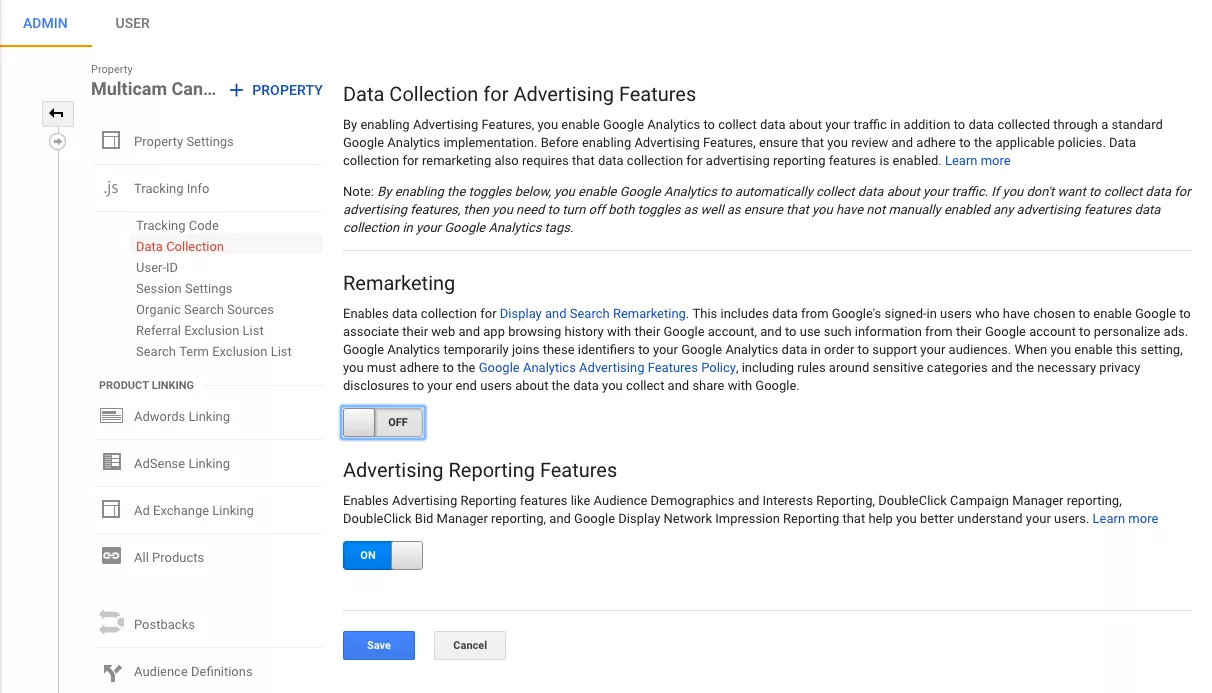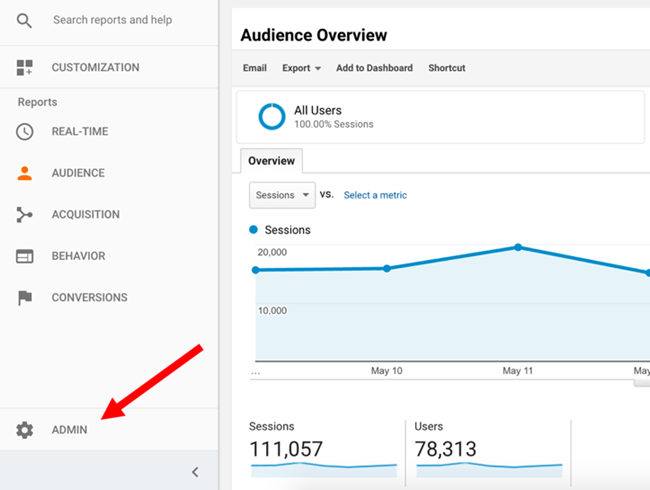Recognizing the Power of Remarketing In Google Analytics
Wiki Article
Efficient Strategies for Remarketing in Google Analytics
In the realm of digital advertising and marketing, the realm of remarketing in Google Analytics stands as a crucial tool for companies intending to enhance their online visibility and conversion prices. With critical target market division, customized remarketing lists, and appealing ad creatives, businesses can craft customized projects that reverberate with their target audience. However, truth success lies in the capability to continuously improve and enhance these techniques based upon efficiency metrics and information understandings. By discovering the nuances of dynamic remarketing and leveraging innovative tracking devices, businesses can open the full possibility of their remarketing initiatives, causing boosted brand visibility and client involvement.Target Market Division
Using target market division is a crucial strategy in optimizing the performance of remarketing projects within Google Analytics. By splitting your target market right into unique teams based upon their habits, demographics, or interests, you can customize your marketing messages to be more interesting and appropriate. This technique allows you to deliver tailored ads to details segments, boosting the chance of conversion.
Moreover, audience segmentation assists you understand the differing demands and preferences of different consumer teams, enabling you to craft even more engaging advertisement creatives and offers. This targeted method not only improves the effectiveness of your remarketing initiatives yet also boosts overall campaign efficiency.
Establishing Remarketing Listings
To effectively carry out remarketing techniques in Google Analytics, the initial step entails creating targeted remarketing checklists based on specific audience interactions. Setting up remarketing lists allows marketers to sector their website visitors right into various groups based on their behavior, such as web pages seen, items looked for, or activities tackled the website. By specifying these segments, online marketers can after that produce relevant and personalized advertisements that target these specific groups, raising the possibility of conversion.Remarketing listings can be established utilizing numerous criteria such as page brows through, period of browse through, particular objective completions, and even specific events set off on the web site. This degree of customization makes it possible for online marketers to customize their ads to match the interests and preferences of each segmented target market, bring about higher engagement and conversion rates.
Additionally, remarketing listings can likewise be developed based on information imported from various other sources like CRM systems, enabling much more accurate targeting. By establishing up these targeted remarketing checklists, marketing experts can effectively connect to possible customers who have currently revealed rate of interest in their items or solutions, making the most of the impact of their remarketing projects.
Producing Compelling Advertisement Creatives
After segmenting internet site visitors right into targeted remarketing checklists based on specific audience interactions, the next critical step is to craft compelling ad creatives that reverberate with each fractional group's rate of interests and preferences. The effectiveness of remarketing campaigns heavily counts on the ability of these advertisement creatives to capture the focus of the audience and drive them to take the desired activity.To produce compelling ad creatives, it is important to understand the special characteristics of each segmented group (What Is “Remarketing” In Google Analytics?). Customizing the messaging, visuals, and supplies to align with the interests and preferences of the audience can dramatically raise the possibilities of conversion. Utilizing dynamic ads that automatically adjust material based on the user's behavior can additionally improve the customization of the ad experience

Surveillance Performance and Optimization
Efficient tracking of campaign performance and constant optimization are vital facets of successful remarketing approaches in Google Analytics. To make certain the effectiveness of remarketing projects, marketing experts need to consistently track key efficiency metrics such as click-through rates, conversion prices, and return on advertisement spend. By monitoring these metrics, marketing professionals can get useful understandings right into the efficiency of their campaigns and identify areas for renovation.In Google Analytics, marketers can take advantage of devices like conversion tracking and audience division to analyze the performance of their remarketing campaigns. Conversion monitoring enables marketing professionals to track particular activities that individuals take after clicking on a remarketing advertisement, supplying useful data on the efficiency of the campaign in driving wanted end results. Audience segmentation, on the various other hand, enables marketers to divide their audience into various sectors based upon different standards such as demographics, habits, and interests, permitting more targeted and individualized remarketing efforts.
Continuous optimization is necessary for optimizing the impact of remarketing projects. Marketing professionals need to make use of A/B testing to trying out different ad creatives, messaging, and targeting techniques to identify one of the most effective methods. By consistently view publisher site assessing campaign efficiency information and making data-driven optimizations, marketing experts can guarantee that their remarketing projects are attaining the wanted results and driving conversions efficiently.
Leveraging Dynamic Remarketing
Using dynamic remarketing can substantially boost the importance and influence of targeted ads in Google Analytics. This advanced strategy allows advertisers to reveal individualized advertisements to users that have formerly visited their website or utilized their mobile app. By dynamically showing services or products that the customers have shown interest in, vibrant remarketing helps to maintain the brand name fresh in their minds and urges them to go back to finish a purchase.
Furthermore, vibrant remarketing campaigns can be automated and maximized in real-time based on performance data, guaranteeing that the ads stay appropriate and reliable. By leveraging dynamic remarketing in Google Analytics, marketers can develop extra impactful and targeted marketing campaign that reverberate with their audience and drive results.
Verdict
To conclude, efficient remarketing approaches in Google Analytics involve target market segmentation, targeted remarketing listings, compelling advertisement creatives, performance tracking, and dynamic remarketing. By concentrating on customized ads, data evaluation, and continual optimization, services can enhance conversion prices and drive engagement efficiently. Leveraging tools like conversion monitoring ensures that advertisements stay pertinent and personalized, bring about general success official source in remarketing efforts.Through calculated audience segmentation, customized remarketing listings, and interesting advertisement creatives, businesses can craft individualized projects that reverberate with their target audience. Utilizing dynamic ads that immediately change web content based on the user's habits can also enhance the customization of the ad experience.
Conversion tracking enables marketing experts to track details actions that individuals take after clicking on a remarketing ad, offering beneficial information on the effectiveness of the campaign in driving desired end results.Using dynamic remarketing can dramatically enhance the significance and effect of targeted advertisements in Google Analytics - What Is “Remarketing” In Google Analytics?.In verdict, effective remarketing methods in Google Analytics involve target market division, targeted remarketing lists, engaging advertisement creatives, efficiency monitoring, and vibrant remarketing
Report this wiki page